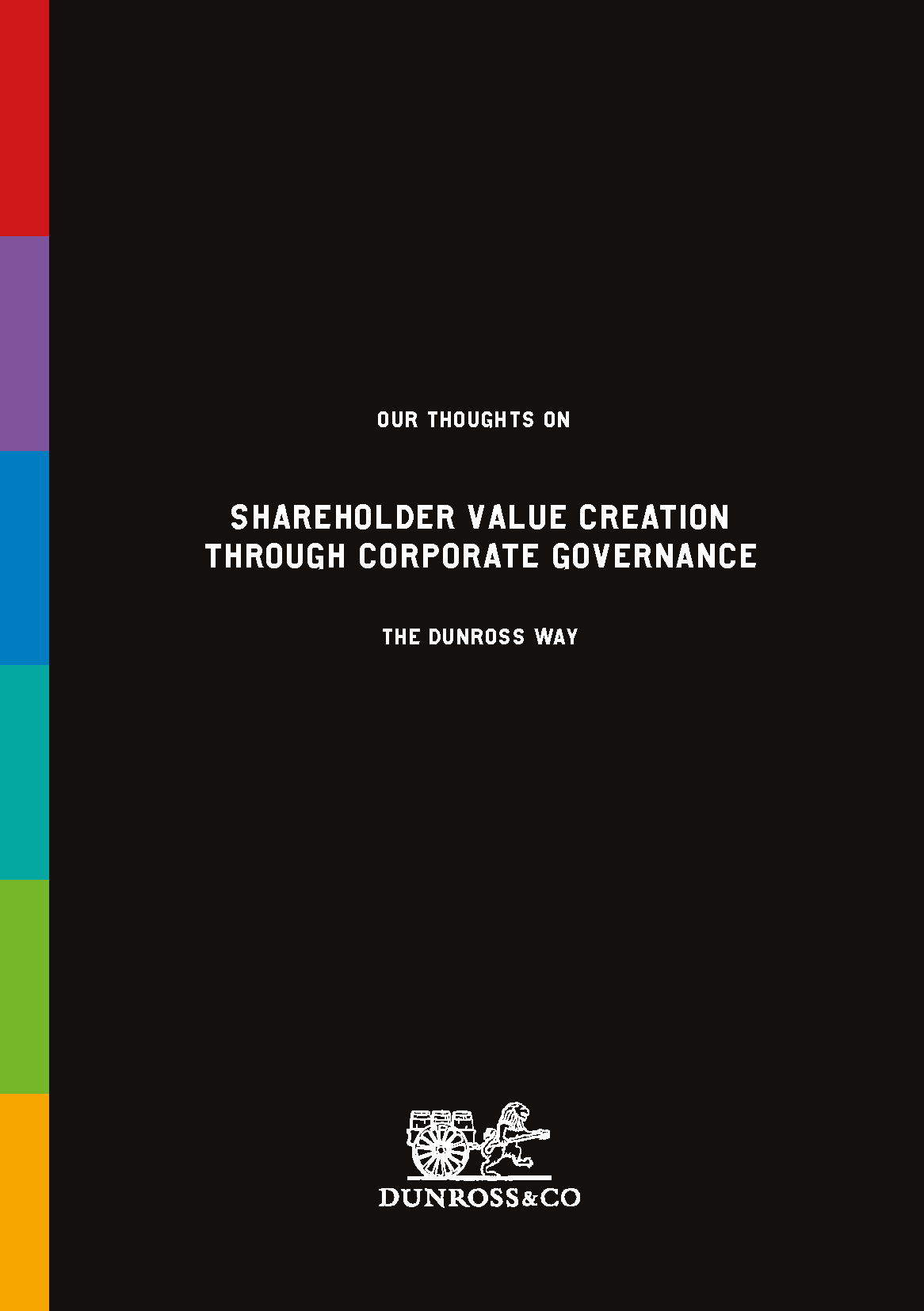Contrarian thinking
When a sufficient number of people all claim that something is true long enough, it will eventually become true. But is it really true? When everyone else is looking in the same direction, we’re usually looking the other way. At Dunross & Co we happen to be convinced that there are business concepts and companies with potential to be found in all sectors. Not just the one that is attracting all the attention from the media, analysts and other investors right now.
Value investing
For us, value investing is the only true doctrine. We believe in investing in companies with great underlying values, which are not appreciated enough by the market. This is how Dunross & Co has become what it is today.
Trial and error
By exploring new paths we can develop and arrive at new insights. These paths do not always lead us where we thought they would. We believe in learning by doing and change along the way. Of course if we don’t stray from our fundamental values, we can make the journey without fear.





